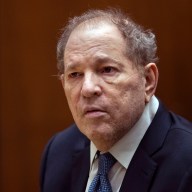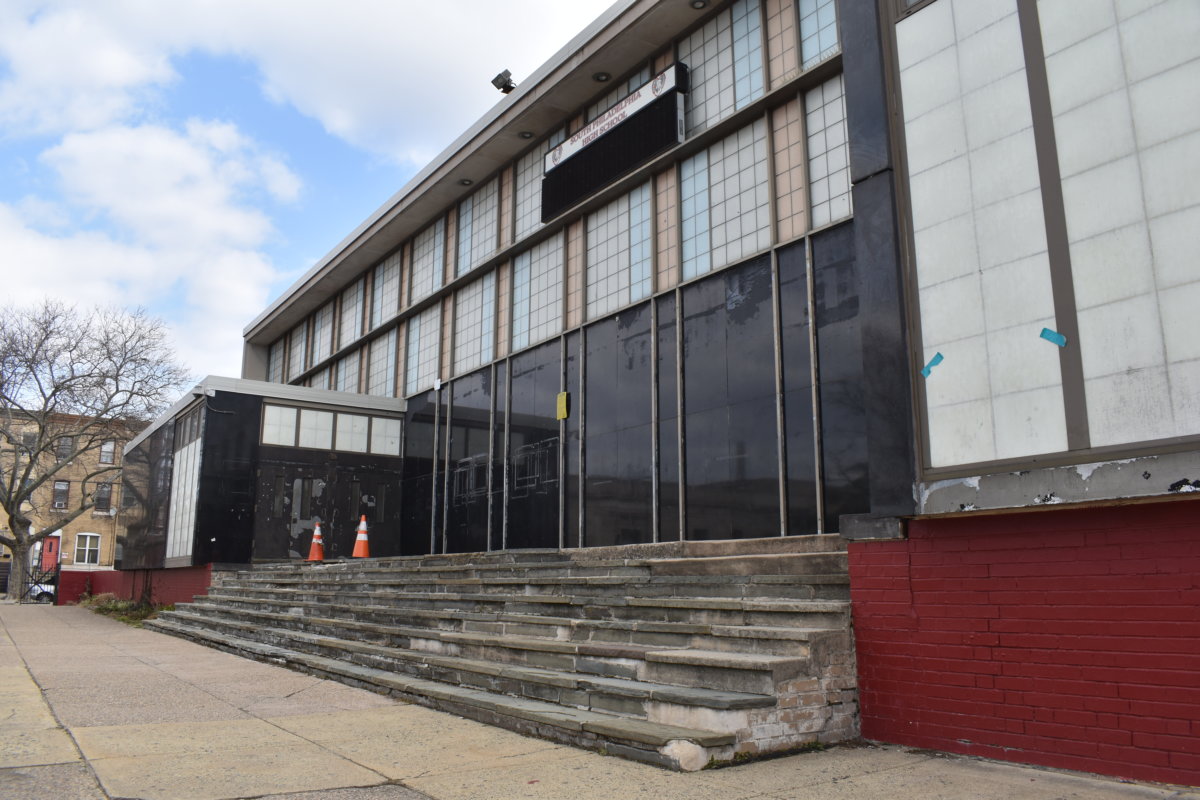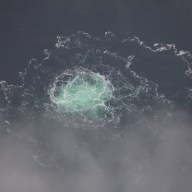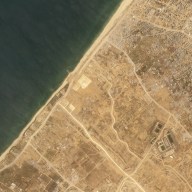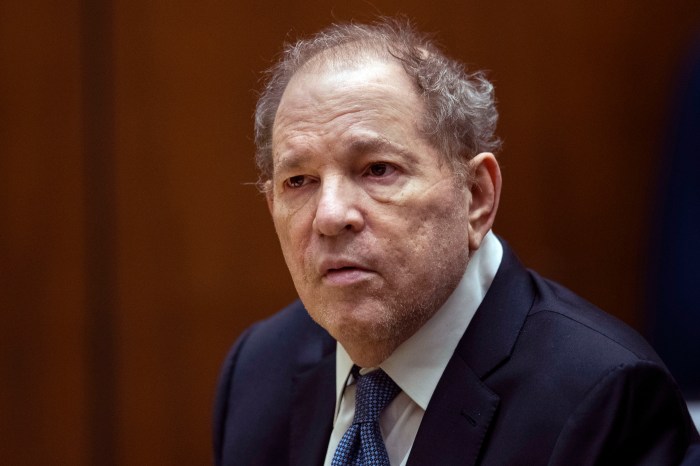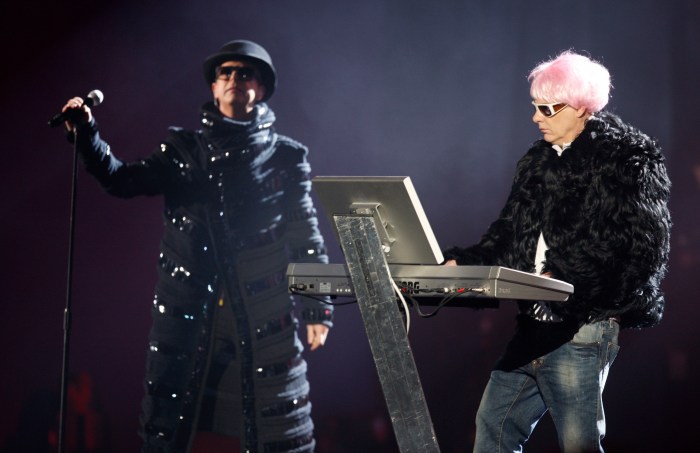Julia Dimon/for Metro Toronto
A giant poster of Mao Zedong overlooks Tiananmen Square and guards the Forbidden City.
Noon in Tiananmen Square, the scene was a postcard of communist iconography: red flag marked with the gold star, stoic young soldiers, a gigantic poster of a smiling Mao Zedong.
Though this controversial Chinese communist leader has been dead for 30 years, he’s still very present in Beijing. His plump face is printed on handbags, T-shirts, clocks, playing cards and other communist kitsch marketed mostly to tourists.
Chinese and foreign tourists flock to the Mao Zedong Memorial Hall (located at the South end of Tiananmen Square) to pay homage to the mummified Chairman.
Although Mao requested cremation, his body was preserved, embalmed and, like Lenin and Ho Chi Minh, put on public display.
Six days a week, visitors line up for a quick look at the man responsible for the Cultural Revolution.
When in Beijing, a trip to the Mao Mausoleum is a must, so I squeezed into queue and waited a torturous two hours in line.
There I was, walking single-file up marble steps towards China’s notorious Marxist leader. Pickled and powdered behind the crystal casing, Mao was dressed in a simple grey suit. His face was illuminated by a sunlamp which made his skin glow extra-terrestrial yellow.
He looked pretty good — for a dead guy — but some question the authenticity of the corpse. “Do you think it’s a wax figure?” my friend whispered, as impatient guards ushered the crowd.
Though Mao led a revolution that caused the death of millions, the locals I spoke to said that Mao did some “bad things” but were quick to praise his social programs and “liberalization of China.”
A minute’s walk from the Mao Mausoleum, tourists will find the antithesis of what the man represented — McDonald’s. Apparently, even in the capital of communist China, you can find fast food symbols of globalization.
Wait. Now I’m really confused. I thought the People’s Republic was about great walls, traditional herbal medicine, Peking Duck and Red Guards — not Starbucks’ mocha frappuccinos. Isn’t the Big Mac incongruent with communist ideology?
In today’s China, tourists can expect to find a bit of both worlds: Western conveniences and a free market economy along with government control and strict media censorship.
Communism and commerce are blended — just like an iced mocha latte from Starbucks.
Julia Dimon, a Toronto-based freelance writer, is travelling around the world for one year. She can be reached at www.thetraveljunkie.ca.






